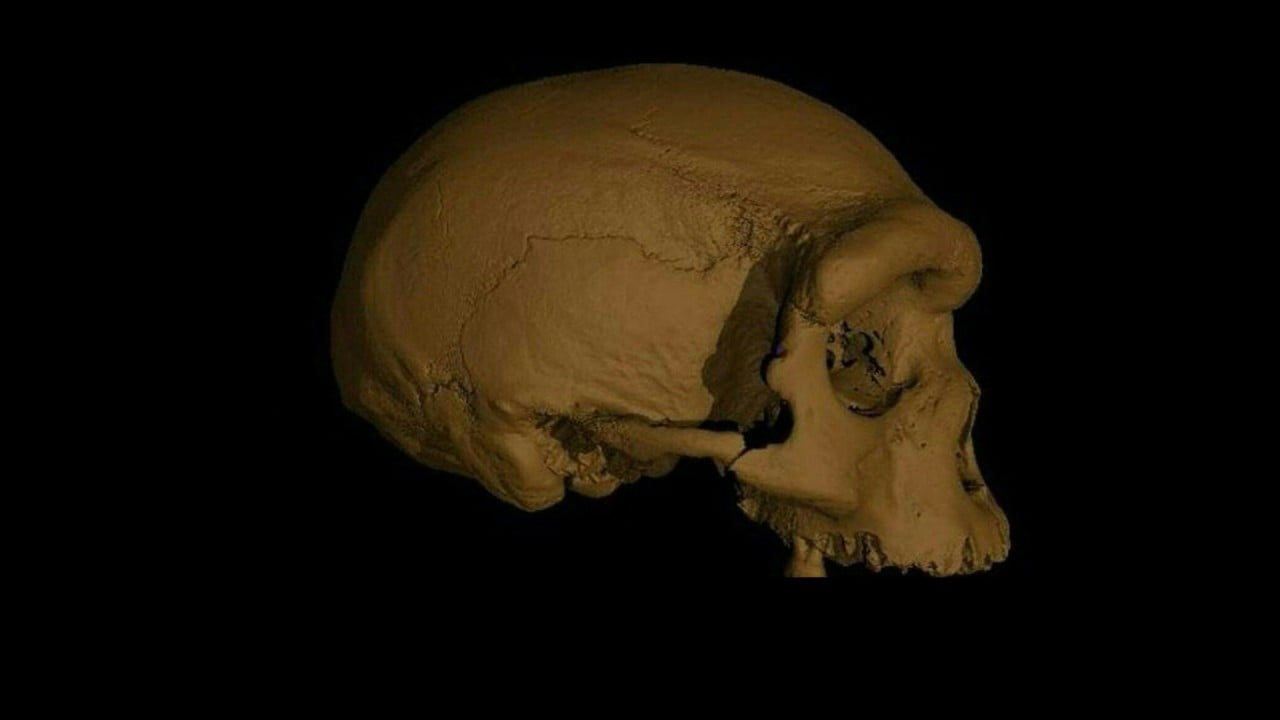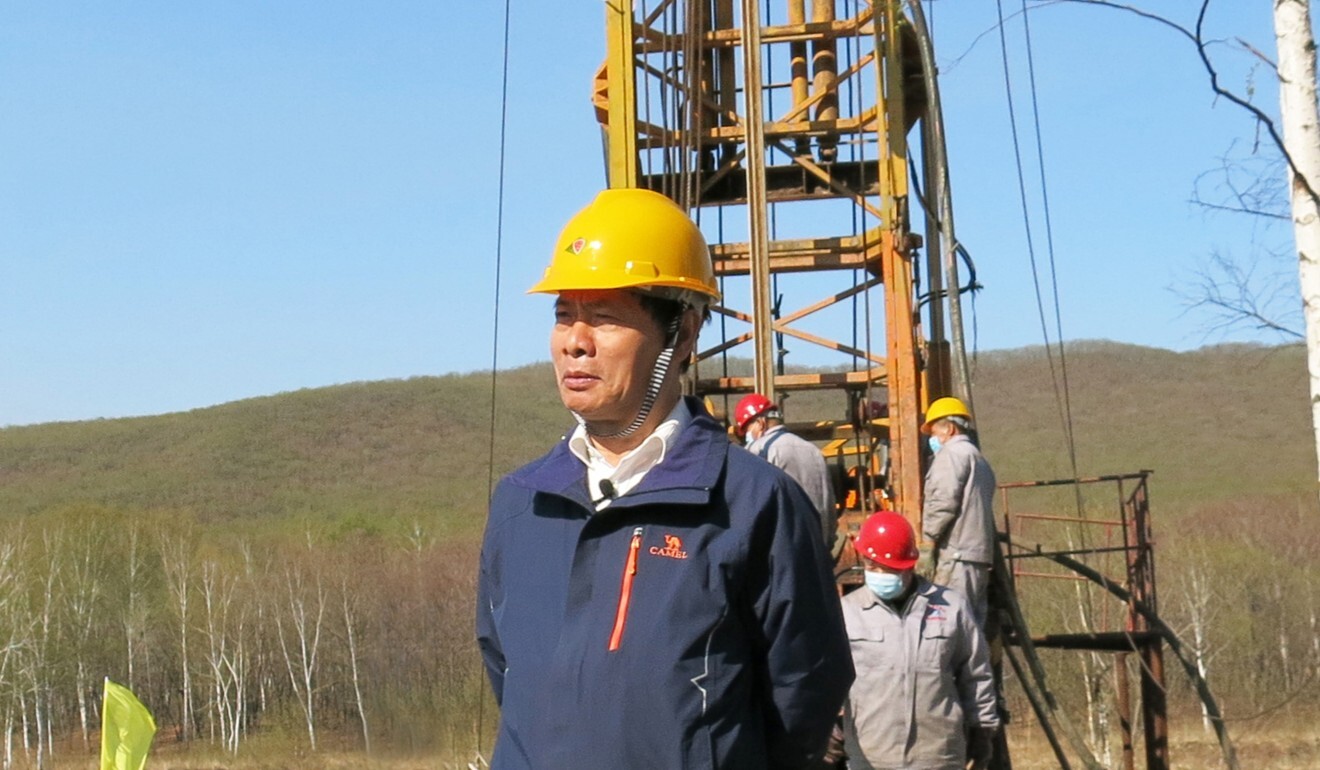
Chinese scientists find evidence of most powerful asteroid strike humans ever experienced
- The impact crater uncovered in Heilongjiang may have been created by a blast hundreds of times bigger than the Hiroshima atomic bomb
- The asteroid was travelling far faster than the one that wiped out the dinosaurs and the strike would have been ‘disastrous’ for anyone living in the area
Many impact craters have been found around the world, but most of them were formed long before the emergence of homo sapiens 300,000 years ago.
But the “impossibly deep” crater discovered in Yilan county near Harbin in Heilongjiang is thought to have been formed about 49,000 years ago by an asteroid about 100 metres wide.
The blast it caused was between 500 to 2,000 times more powerful than the atomic bomb that hit Hiroshima, according to their calculations, and would be comparable to some of the most powerful nuclear devices ever detonated.
Nasa simulated an asteroid impact, couldn’t stop it hitting Europe
The deadly heat and shock waves it generated were powerful enough to melt granite, turning it into glass, and would have devastated an area within a radius of tens of kilometres.
The impact created a hole 579 metres deep, nearly one-and-a-half times the height of the Empire State building or about the same height as the Taipei 101 tower, the tallest building in the world until 2010.
“The crater is so young and the drill samples so fresh, it was almost like an event that happened yesterday,” said Professor Chen Ming, the study’s lead scientist from the Guangzhou Institute of Geochemistry, part of the Chinese Academy of Sciences, said on Tuesday.
Some of their findings were published in the journal Meteoritics and Planetary Science last month.
Chen said the blast would have been an “absolute disaster” for the area’s stone age population – whether homo sapiens or other species.
Genetic analysis suggests the direct ancestors of present day human beings left Africa about 70,000 years ago, and reached Southeast Asia 10,000 years later, before entering modern-day China.
At the time other hominid species also lived in the area, and the question of how and why they were replaced by homo sapiens is still a subject for debate.
When scientists came face to face with China’s Dragon Man for the first time
Chen said it was possible that homo sapiens had reached modern-day Heilongjiang and encountered homo longi or other early humans by the time the asteroid had struck.
The crater sits next to a fertile plain created by the Songhua river. The local climate would have been warmer than it is today, creating favourable living conditions for humans and large animals such as elephants.
The Yilan impact crater is about 1.85 kilometres in width and is much smaller than other craters caused by similar asteroids, something that puzzled the researchers.

06:56
Coming face to face with China’s ‘dragon man’
Asteroid strikes normally leave a bowl-shaped hole, with a much wider diameter compared with the depth. For example, the Chicxulub crater in Mexico, thought to have been caused by the asteroid that wiped out the dinosaurs, is 150km wide and 20km deep.
South Africa’s Vredefort dome, the largest crater known on earth, was between 160 and 300km wide when it formed over 2 billion years ago.
Given its relatively small size, “Yilan is the most deeply formed crater we have ever seen,” said Chen.
It was previously considered impossible for such a small, deep crater to be created by the impact and none of the existing models used by researchers to simulate an asteroid blast had predicted anything like that.
How 23 giant Chinese rockets could save world from asteroids
The crater was identified by satellite images more than 20 years ago, but Chen and his team were only able to start investigating what had caused it in 2019.
“I told the drilling contractor we would reach the bottom at 300 metres, tops. As the drill went down further and further with no end in sight, I almost had a nervous breakdown. It went way beyond our imagination … and budget,” said Chen.

But a laboratory analysis of the drill samples found pieces of rock and tear-shaped shards of glass that could not be formed by volcanic or tectonic activity, and convinced them it was the result of an asteroid strike.
They also found fragments of charcoal that allowed them to make a precise dating for the event.
The most plausible explanation, according to Chen, was that the asteroid had come to earth at a higher speed than any previous impact simulations had considered and that it had landed vertically, rather than at an angle.
“Asteroid strikes are not a distant event. They can be very close to us,” he said.

Such a system would be extremely expensive and so far only the US has managed to set up a radar system to discover and track threats from space.
But China wants to go further with a network of radio telescopes to provide a more advanced warning system.

